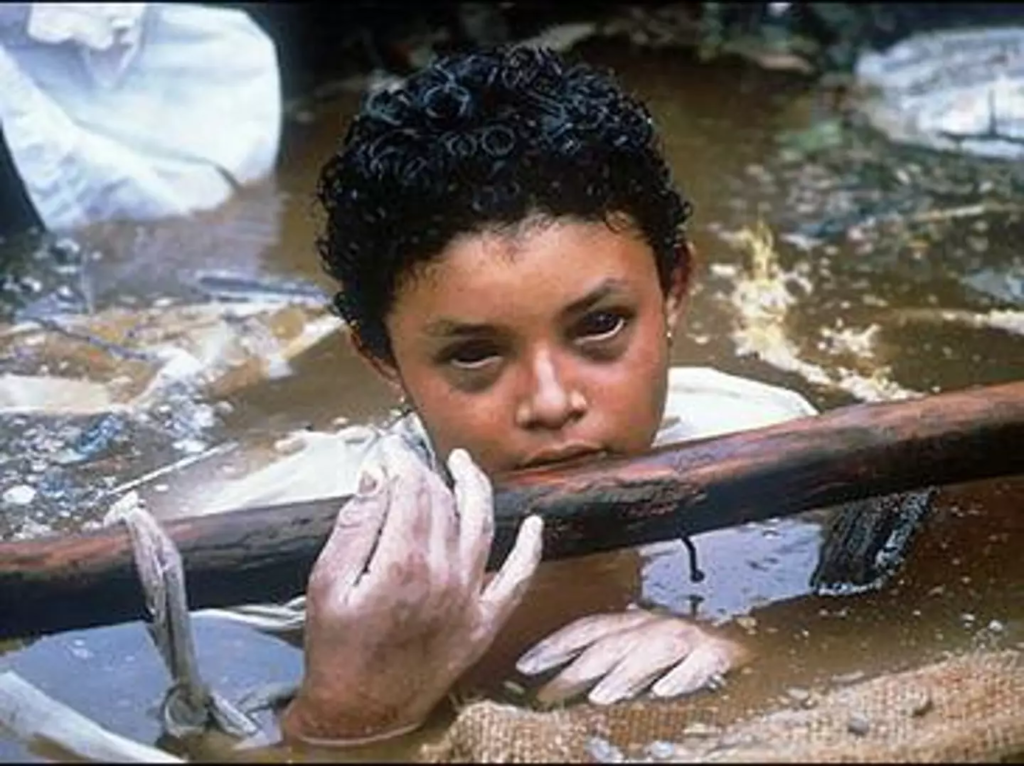Photographer of tragic girl caught in volcanic mudflow explains why he couldn’t help
Discover the heartbreaking reasons behind the photographer’s decision during the disaster
On November 13, 1985, Colombia experienced one of its most devastating natural disasters when the Nevado del Ruiz volcano erupted. The small town of Armero, which had once been home to nearly 30,000 residents, was almost completely erased from the map.
Tragically, around 20,000 people lost their lives in the town alone, while the overall death toll reached 25,000. This catastrophic event left the town in ruins, and Armero was eventually abandoned. The disaster raised serious questions about preparedness and the human cost of inaction.

The key element behind this disaster was a pyroclastic mudflow known as a lahar. When the volcano erupted, it melted the glaciers atop Nevado del Ruiz, sending torrents of mud, ash, and debris down the mountain. These lahars descended in waves, with three devastating flows hitting Armero and wiping out much of the town’s population.
Many of those who survived the initial eruption were killed by the subsequent mudflows. Despite scientific predictions warning about the eruption’s severity, inadequate evacuation measures were in place, leading to this high death toll.

One of the most memorable stories from the tragedy was that of 13-year-old Omayra Sánchez. Trapped in the debris of her collapsed home, her plight caught the attention of the world. Rescuers made repeated efforts to save her, but after being trapped for three days, Omayra passed away. Her story became a symbol of the tragedy, especially after a powerful photograph of her was published.
Photographer Frank Fournier captured a chilling image of Omayra in her final hours. The photograph, showing her calm yet bloodshot eyes, became an enduring symbol of the Armero tragedy. The image evoked strong emotions worldwide and raised significant awareness about the disaster.

However, Fournier faced criticism, with some accusing him of standing by and not helping the young girl. He later explained that rescuing Omayra was not possible given the situation. His goal was to highlight the severity of the disaster and push for accountability.
Fournier defended his decision to document Omayra’s final moments, emphasizing the role of photojournalism in raising awareness and sparking change. He believed that his work helped draw global attention to the lack of preparedness in Colombia, which ultimately led to criticism of the government for its slow response. The photograph also raised funds for disaster relief, demonstrating the power of imagery in humanitarian crises.

Omayra’s tragic death, along with the loss of thousands of lives in Armero, led to widespread outrage and demands for accountability. Her final hours showcased her courage, resilience, and selflessness, as she calmly awaited her fate while comforting those around her. The photograph of Omayra continues to remind the world of the human cost of neglect and inaction, urging governments and societies to prioritize safety and preparedness.





